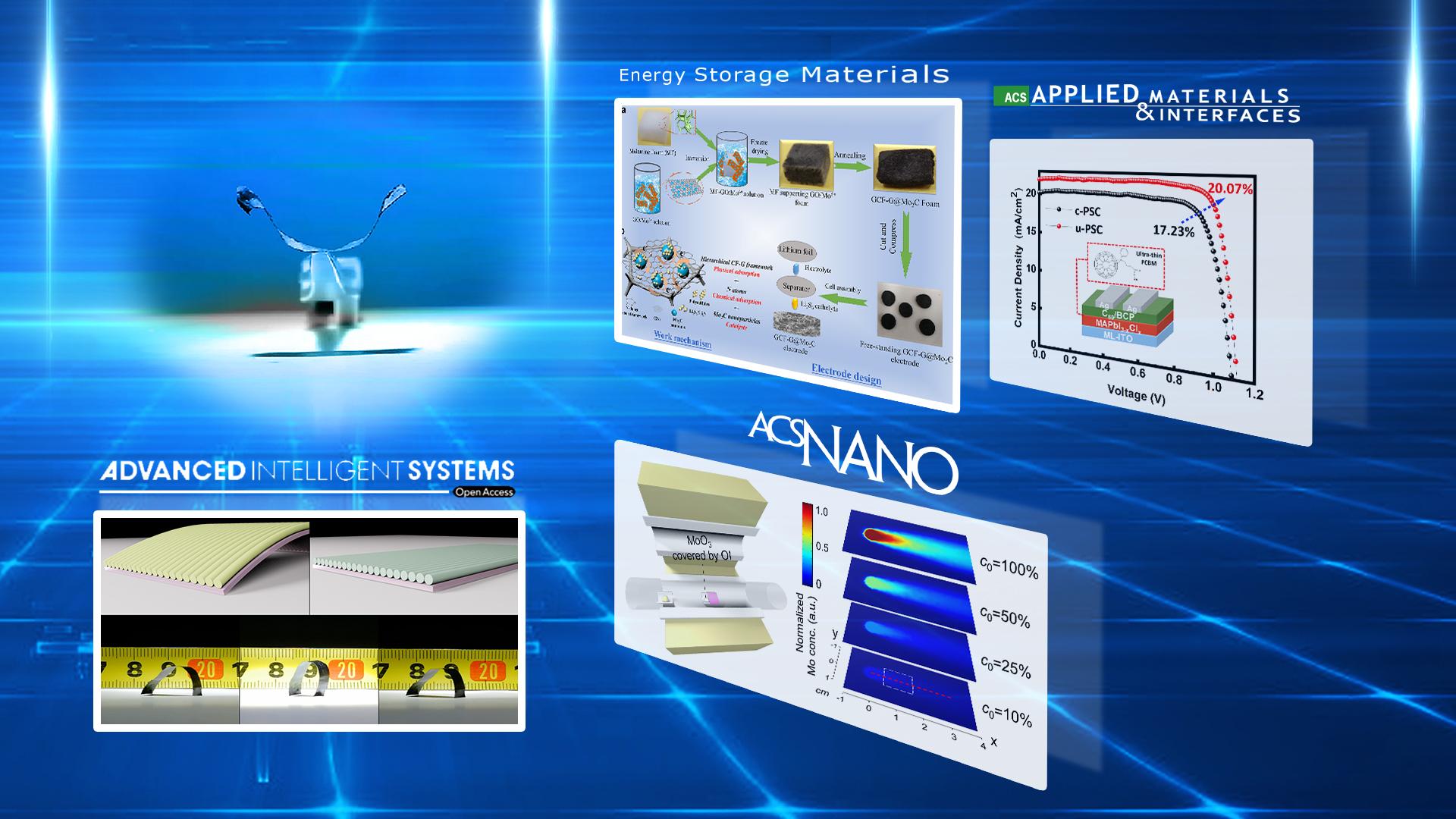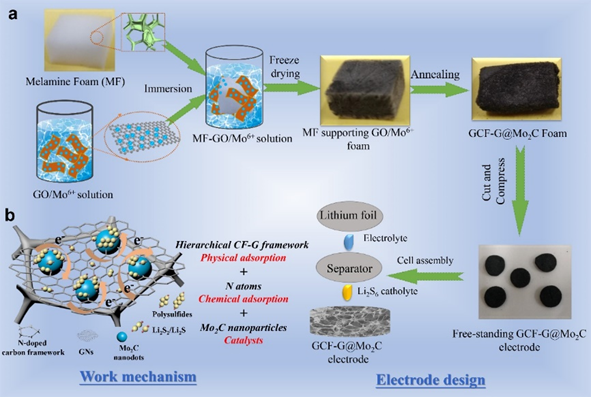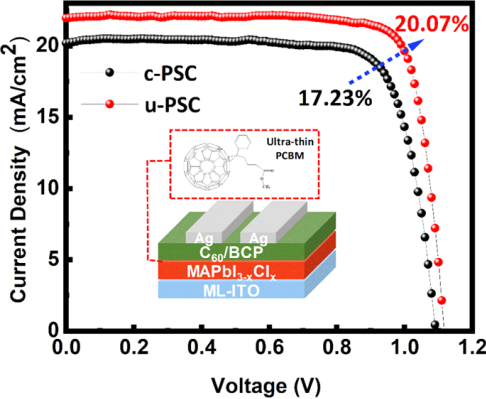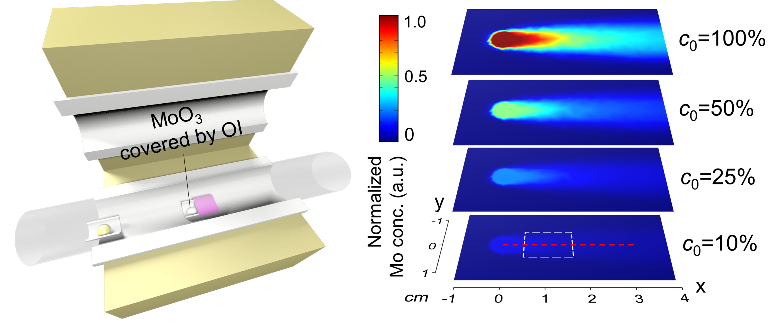Nanoscientific advances made by SUSTech researchers
Jul 14, 2020
A group of researchers led by () has focused their research on nanoscientific advances, with the applications of their advances being published recently in several high-impact academic journals.

published their paper entitled, “”. The research group examined single-crystalline vanadium dioxide (VO2) nanowires and the unique metal-insulator transition (MIT) they undergo to form a bimorph structure. They noted that the excellent actuation performance of VO2 nanowires was hard to apply to insect-scale devices.
To solve this problem, the group took a two-step approach that converted ultra-long H2V3O8 nanowires into a nanowire array (NA) film, before stacking them with a CNT film to form the bimorph structure. The second step saw the reduction of the nanowires to VO2 (M1) to obtain the VO2 NA/CNT bimorph soft robot. The robot displayed outstanding actuation performance and anisotropic properties, leading to diverse actuation modes and functional applications.
Mr. Pengcheng Chen and Mr. Run Shi are the co-first authors, and Professor Chun Cheng is the only corresponding author of this article.
The high-impact academic journal (IF = 16.280) published the paper, “.” Their focus on lithium-sulfide (Li-S) batteries as a new high-performance energy storage device. However, their performance is limited by its low conversion efficiency and the severe shuttle effect of polysulfide (LiPSs).
The research group developed a graphitic carbon foam supported graphene@ Mo2C nanoparticles (GCF-G@Mo2C) composite to solve the problem of polysulfide. The electrode materials were obtained by combining the GCF-G@Mo2C structure with S. The porous heterostructure and high nitrogen content of electrodes can restrict the shuffle effect of LiPSs through both physical confinement and chemical adsorption. The Mo2C nanoparticles provide more active sites for the catalytic conversion of LiPSs, which further improves the performance of the battery.
Dr. Shuzhang Niu and Mr. Siwei Zhang () are the co-first authors, and Professor Chun Cheng is the only corresponding author of this article. SUSTech is the first author affiliation.

Schematic illustration of Preparation stages of GCF-G@Mo2C sample and the trapping/conversion of LiPSs on the GCF-G@Mo2C
The high-impact academic journal (IF = 8.758) published the paper, “.” There is a fundamental problem of energy level mismatch between the perovskite absorber layer and C60 in trans-perovskite solar cells. It is one of the key factors restricting the development of perovskite solar cells. To solve the problem, the research group used ultra-thin PCBM to modify the interface between the two layers. The power conversion efficiency increased significantly.
Mr. Dongyang Li, Dr. Weiguang Kong, and Mr. Haichao Zhang are the co-first authors. At the same time, Professor Chun Cheng and Dr. Shuti Li () are the co-corresponding authors of this article. SUSTech is the first author affiliation

Interface modification to optimize the performance of trans-perovskite solar cells
(IF = 14.588) published the final paper, “.” The CVD growth of high-quality molybdenum (Mo) calcogenide monolayers is limited by uncontrollable reaction kinetics. It is imperative to modulate the Mo vapor released during these reactions. The research group took a creative approach by applying stable, inert oxides as inhibitors to cover the source of Mo in the reaction. The oxide inhibitors effectively prevented the rapid release of high-concentration of Mo vapor when heated. It instead provided a slow release of low concentration Mo vapor in a uniform distribution. The outcome resulted in the fabrication of higher-quality single-layer MoS2 thin films that could be modulated by changing the oxide inhibitor dosage.
Mr. Run Shi is the first author, while Professor Chun Cheng and Professor Ning Wang () are the co-corresponding authors of this article. SUSTech is the first author affiliation

Schematic image of oxide inhibitor-assisted growth of MoX2 and the simulated results of Mo release
The above projects were supported by the National Natural Science Foundation of China, National Key Research and Development Project, Guangdong Outstanding Youth Natural Science Foundation, Guangdong Provincial Key Laboratory of Energy Materials for Electric Power, Guangdong High-level Talent Program, Basic Research Project of Science and Technology Plan of Shenzhen, Peacock Team Project funding from Shenzhen Science and Technology Innovation Committee and other projects. At the same time, it is also supported by the Core Research Facilities (CRF) of SUSTech, the public testing platform of the Department of Materials Science and Engineering of SUSTech, and Materials Characterization and Preparation Facilities (MCPF) of the Hong Kong University of Science and Technology (HKUST).
Latest News
Related News












